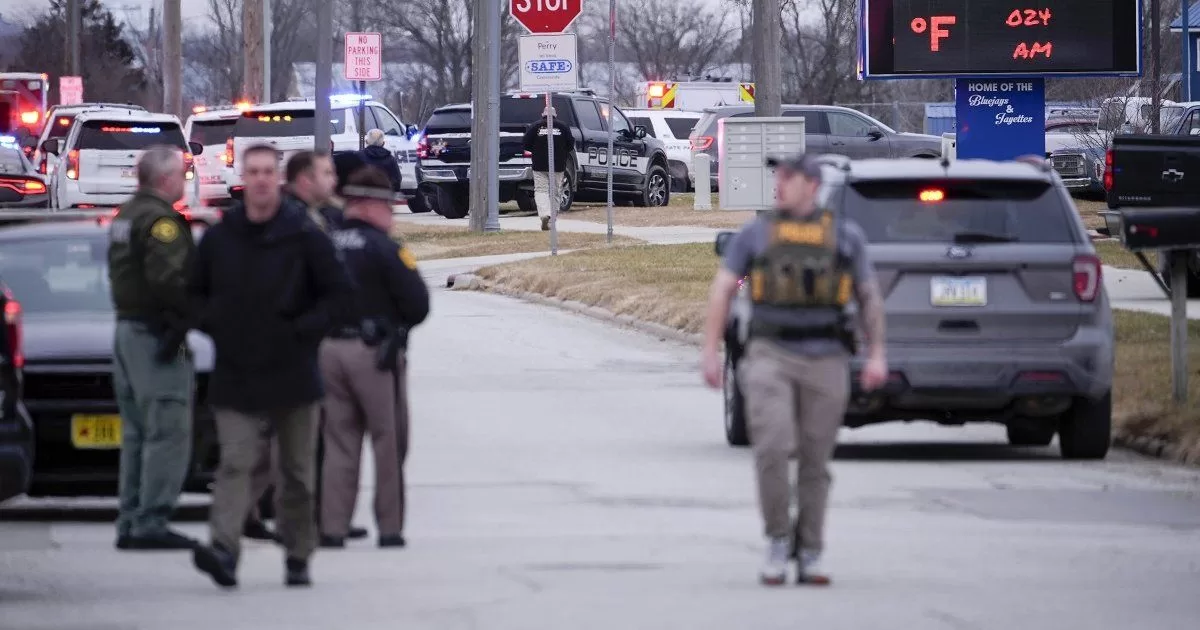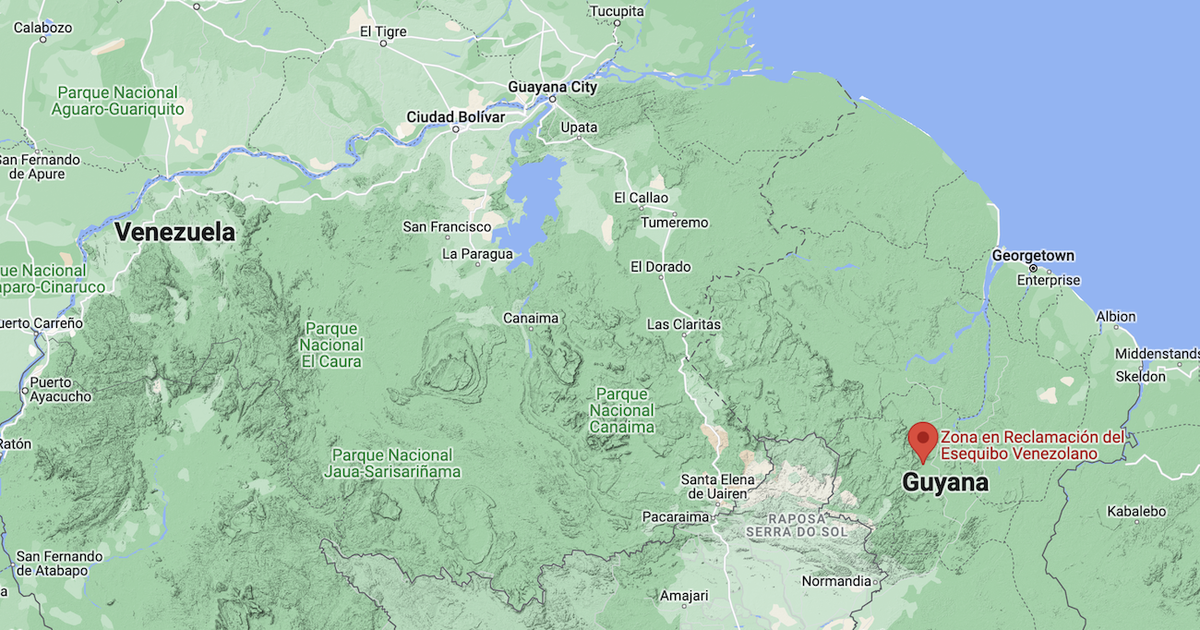Essen.
Criminologist Tobias Singelnstein presents a major investigation into police violence and calls for more training to defuse critical situations.
The deadly shots from a police gun on a 16-year-old refugee in Dortmund in August 2022 were certainly an exceptionally spectacular case in which a police operation ended in disaster. But again and again the media report on operations that got out of hand: beatings with batons, head injuries in the police station, beatings at demonstrations were some of the news in recent weeks. Rarely, as in the Dortmund case, are officials held accountable or even convicted.
The criminologist started in 2018 Tobias Singelnstein at the Ruhr-Uni Bochum an extensive research project on police violence: “Body injury in office by police officers: inside”, Kviapol for short. Now Singelnstein lays who moved to the University of Frankfurt in 2022and his research team published the results of the project in the almost 500-page book “Violence in office – Excessive use of force by the police and dealing with it” and thus closes a research gap. Christopher Onkelbach spoke to the criminologist.
What are the key findings of the study?
Tobias Singelnstein: What is new about our study is that we approached the issue of excessive police violence from the perspective of those affected. To this end, our team interviewed almost 3,400 people and conducted more than 60 interviews with police officers, public prosecutors, judges, lawyers and advice centers. One focus is on the legal processing of cases. Through the numerous case descriptions, we were able to draw conclusions as to when, where and how excessive police violence occurs.
Why do some missions get out of hand?
These are mostly complex social interactions, and in retrospect it is often not so easy to say where the line is between lawful and unlawful use of force. Many cases lie in an intermediate area, are perceived and evaluated differently by those involved. Those affected then often quickly perceive the behavior of the officers as illegal and address it as a problem.
And what is the view of the police?
The threshold for the police to classify a problematic use of force as unlawful is very high. Although the police are trained to use force, it is often a very emotional situation for the officers as well. Stress and time pressure can also be factors, police officers told us in interviews. Finally, fear of losing control can also contribute to an escalation: the police are trained to dominate situations. And violence is one way to do that.
What forms of violence are we talking about?
According to the interviewees, hitting and kicking were the most common forms of violence. Tear gas and water cannons also played a significant role at major events. 19 percent report serious injuries, for example to joints, sensory organs or even broken bones. People were most likely to suffer serious injuries in cases involving strangulation and restraints or restraints.
What consequences does this have for those affected?
The more severe the injuries were, the more severe were the psychological consequences for those affected. Loss of trust in the police and the state, feelings of powerlessness and avoidance behavior were particularly discussed.
How often does excessive use of force occur in office?
According to the statistics of the public prosecutor’s office, almost 2,800 investigations against police officers for unlawful use of force were completed in 2021. This is the so-called bright field. However, as far as we know, there is a very large number of unreported cases in this area of crime. When those affected were questioned, only 14 percent stated that criminal proceedings had taken place in their case. The remaining 86 percent remain in the dark field. This shows that we have to assume a multiple of the known suspected cases.
Why do those affected so rarely report?
Only about nine percent of those affected were willing to report the crime. Many think that they will not get their justice in such proceedings and that they will not be believed. The evidence in these proceedings is also often complicated and contradictory. As a result, the suspected officers often cannot be identified. This is a major reason for those affected not to file a criminal complaint.
Don’t the officers often only react to a threat in a tricky situation?
It’s not always the case that they respond to a specific threat. There are cases where there is no reason for violence. For example, there is a video of the unprovoked punch in the face of a demonstrator. In our survey, excessive use of force by the police was particularly frequently reported in connection with demonstrations, according to 55 percent of those surveyed. 25 percent named football games as a place of conflict. Many factors and participants often contribute to an escalation. Sometimes the question of an official ID or the name of the officer is enough to get a situation out of control. At times, provocations or behavior that is perceived as disrespectful can also lead to violence. Overall, unsuccessful communication plays an important role.
As in the case of the 16-year-old who was shot in Dortmund?
Yes, the question is whether it is possible to defuse a tense situation through communication. Mouhamed Dramé sat in a courtyard with a knife in front of his stomach with the intention of committing suicide. It was a static situation that could have been kept static. The use of pepper spray apparently meant that the spiral of escalation could not be broken. With talking, calming down and professional psychological support things might have turned out differently.
How do the police deal with such incidents internally?
In addition to debriefings, the police reporting system plays a central role. In the case of violent operations, however, the officers who write these reports are not entirely unbiased, since they themselves were involved in the situation. There are objective representations but also deliberate falsifications of facts. There is a large gray area in between. Such reports are an opportunity to legitimize one’s own actions. In police jargon, this is referred to as “straight writing.” Such sometimes discolored reports often carry considerable weight in criminal proceedings that may follow.
How does the judiciary react to criminal charges?
The success rate is very low. More than 90 percent of the cases are dropped, only two percent of the cases are charged. Often the accused cannot be identified or the evidence is problematic for other reasons. It is often statement against statement. Police officers are used to this situation, they act as professional witnesses and are considered particularly credible. And for the judiciary, police officers are not “normal” suspects, there is an institutional close relationship here, you work together day after day.
What could sensible prevention look like?
The police may, under strict conditions, use direct force to enforce police measures. Violence is part of everyday work for officials. But it is an exceptional power. And lawful police violence is usually a drastic experience for those affected. That is why the police must counteract the normalization of violence and try everything to resolve conflict-prone situations differently. To this end, more emphasis could be placed on communication and de-escalation in police training.
More articles from this category can be found here: State politics


